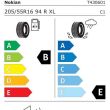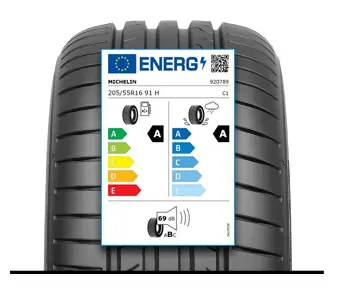How to choose summer, winter or all-season tyres?
Summer tyres
The purpose of summer tyres is to provide the driver with good handling and excellent grip on both wet and dry road surfaces, while being quiet and fuel-efficient. In addition to these features, summer tyres must also withstand very hot weather and scorching asphalt without losing any of their qualities.When choosing summer tyres, keep in mind that premium-class tyres offer the best braking performance on both dry and wet road surfaces, while the cheapest tyres can significantly extend the braking distance on wet roads. Therefore, for your next set of summer tyres, opt for products from mid-range or premium-class manufacturers – cheap Chinese alternatives are not worth it.
All-season tyres
All-season tyres are designed for conditions where there is some snow and occasional ice. This means that their tyre compound provides traction in colder temperatures and on snowy road surfaces. All-season tyres are best suited for city driving and for drivers who occasionally travel on highways during the winter season.When choosing all-season tyres, keep in mind that all-season tyres designed for the Central European market are not suitable for use in the Lithuanian climate. Their tyre compound is too stiff, and when sub-zero temperatures arrive, they cannot provide the necessary grip, leading to accidents and posing a risk to your safety. Therefore, choose all-season tyres that have been tested in our climate and are recommended for use in icy conditions, available in Padangos24's online store.
Studded tyres
Studded tyres guarantee the best grip on slippery ice and other bad road conditions, even in the most difficult situations. Compared to all-season tyres, however, they break the road surface significantly more and are significantly noisier, so studded tyres are best suited for a driver who moves mainly on highways.When choosing studded tyres, pay attention to the fact that the studs cover the tyre evenly and are not just in the middle of the tyre. It is also worth noting that the number of studs should ideally not be more than 200 - they are noisier, break the road surface more and do not offer significantly better grip compared to a smaller number of studs, especially on salted and dry roads.






